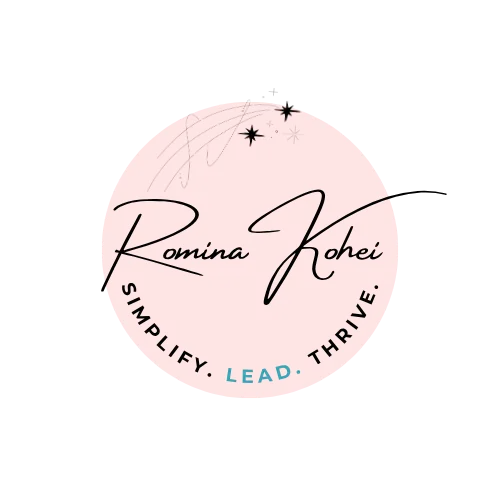
Why Project Management Methodologies Are the Hidden Engine Behind Growth
When you’re leading a team or managing a project, structure can feel like both a blessing and a burden. Some people hear “project management methodology” and immediately think of bureaucracy, endless documentation, and rigid frameworks that stifle creativity.
But here’s the truth — when used intentionally, a methodology isn’t a constraint. It’s a growth engine. It gives you clarity, focus, and the confidence to move forward with purpose.
Think of it as your roadmap. It doesn’t tell you where to go, but it helps you navigate the journey with fewer detours and more momentum.
Methodologies Aren’t Just for Corporates — They’re for Humans
You might not realize it, but you already use project management principles in your everyday life. When you plan a trip, organize an event, or even launch a new idea, you’re following a process — setting goals, planning steps, managing time, and adjusting as you go.
That’s all a methodology really is: a structured way to bring your ideas to life. It’s not about rules, it’s about rhythm.
When you apply that same rhythm to your business or team, everything changes. You stop reacting to problems and start leading with intention.
The Five Stages That Turn Chaos into Clarity
Every effective methodology, whether Agile, PRINCE2, or Lean, follows a similar flow. Understanding these stages helps you lead with more ease and confidence.

1. Initiation — Setting the Vision
This is where everything begins. You define the “why” behind your project, clarify the outcome you want, and set boundaries around what’s in scope and what’s not. Without this clarity, even the best plans can drift off course.
2. Planning and Design — Building the Blueprint
Here’s where strategy meets structure. You estimate time, resources, and costs, but you also anticipate challenges. This stage is about designing a plan that’s flexible enough to adapt, yet strong enough to guide your team forward.
3. Execution — Bringing the Plan to Life
This is where the magic happens. You take action, follow the plan, and keep communication flowing. The key here is alignment — making sure everyone knows their role and how their work contributes to the bigger picture.
4. Monitoring and Controlling — Staying on Track
Projects rarely go exactly as planned, and that’s okay. This stage is about awareness. You track progress, identify issues early, and make adjustments before small problems become big ones. It’s leadership in motion.
5. Closing — Reflecting and Refining
Once the project wraps up, take time to celebrate wins and capture lessons learned. Reflection is where growth happens. Every project teaches you something new about how you lead, plan, and collaborate.
The Real Power of Methodology: Confidence and Growth
When you apply a methodology with intention, you create more than structure — you create space. Space for creativity, for better communication, and for your team to thrive.
It’s not about ticking boxes, it’s about building momentum. You become more organised, more proactive, and more capable of leading projects that actually deliver results.
And the best part? These principles don’t just apply to business. You can use them to manage personal goals, creative projects, or even life transitions. Once you understand how to plan, execute, and reflect, you can apply that process anywhere.
Lead with Intention, Grow with Structure
Growth doesn’t happen by accident. It happens when you combine vision with structure, and passion with process.
So, the next time you start a new project, don’t see methodology as a burden. See it as your growth engine — the quiet force that turns ideas into impact.
Ready to bring more clarity and flow into your projects?
Start by choosing one methodology that resonates with your style, and apply it to your next project. You’ll be amazed at how much smoother everything feels when you lead with intention.


